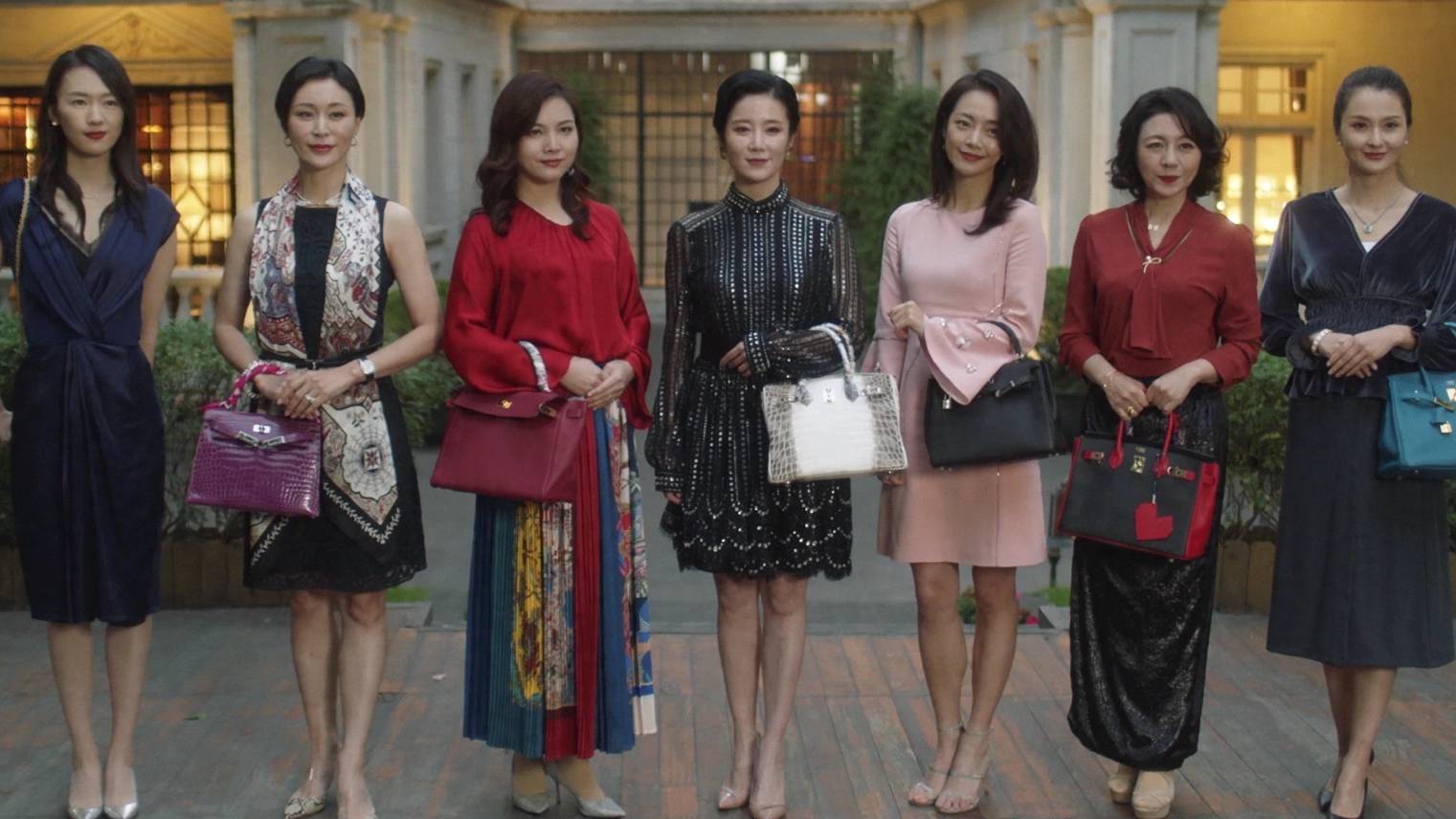On September 23, 2020, Boston Consulting Group and Tencent Marketing Insight jointly released the Insight report on the Digital behavior of Chinese luxury consumers. Despite the impact of the COVID-19 epidemic, China’s luxury goods market will grow by 20% in 2020, according to the report.

According to the market heat curve in the report, China’s luxury goods market fell by only 20%-30% in the first quarter of this year. In the second quarter, the size of China’s luxury goods market has exceeded that of the same period last year by 10-20%. At 2020Q3 and Q4, the report predicts it will grow by 30-40% over the same period last year.
This means that China’s luxury goods market will still be growing on an annual basis in 2020.
In addition to the overall forecast of the market, the report mainly analyzes the behavior and habits of Chinese luxury consumers. First, the age of luxury consumers in China has fallen further, with the number of consumers under the age of 30 rising from 48% to 50% and contributing 47% of the transaction volume.

In line with the trend of other goods in China, Chinese consumers are starting to buy luxury goods on e-commerce websites. The proportion rose to 33% from 12% in 2019.
The rejuvenation of consumer groups and online transactions have led to faster transactions, with 85% of Chinese consumers completing transactions within a month after seeing their favorite luxury goods, according to data. Of these, 13% were traded on the spot and 34% were purchased within a week.
In the luxury category, handbags, shoes, and jewelry (including watches) increased by 7%, 1%, and 6%, respectively. There has been a small decline in luxury ready-made clothing and luxury accessories.
Another trend worth paying attention to is the localization of luxury goods, which is divided into two aspects.
On the one hand, the frequency of Chinese consumers buying luxury goods at homeland has greatly increased because they are unable to travel abroad. In the 2019 consumption scenario, 43% of Chinese consumers bought luxury goods in overseas luxury stores, and 12% of Chinese consumers bought overseas luxury goods online. The combination of the two types of transactions fell to 8% in 2020. More than 59% of Chinese consumers now buy luxury goods in luxury stores in China.
On the other hand, in order to adapt to this change, luxury brands have launched more localized marketing activities in China. In addition to incorporating Chinese elements into their products, luxury brands have also tried viral marketing on Chinese social networks, using Chinese stars, hot topics, and AR\ VR technology to attract potential consumers to share their content and expand their influence on Wechat and Weibo.
Because in recent years, Chinese consumers have been the main buyers in the global luxury market. Therefore, the report also forecasts the global market trend in 2020. It believes that the global luxury market will fall 25%-45% compared with last year in 2020.
Although the domestic pandemic in China is completely over, Chinese consumers will not travel overseas any time soon because of the global epidemic. This means that the mainland market is likely to be the only growth driver of the global luxury goods industry over the next two years.
You can download the full version of the report here (in Chinese).

评论